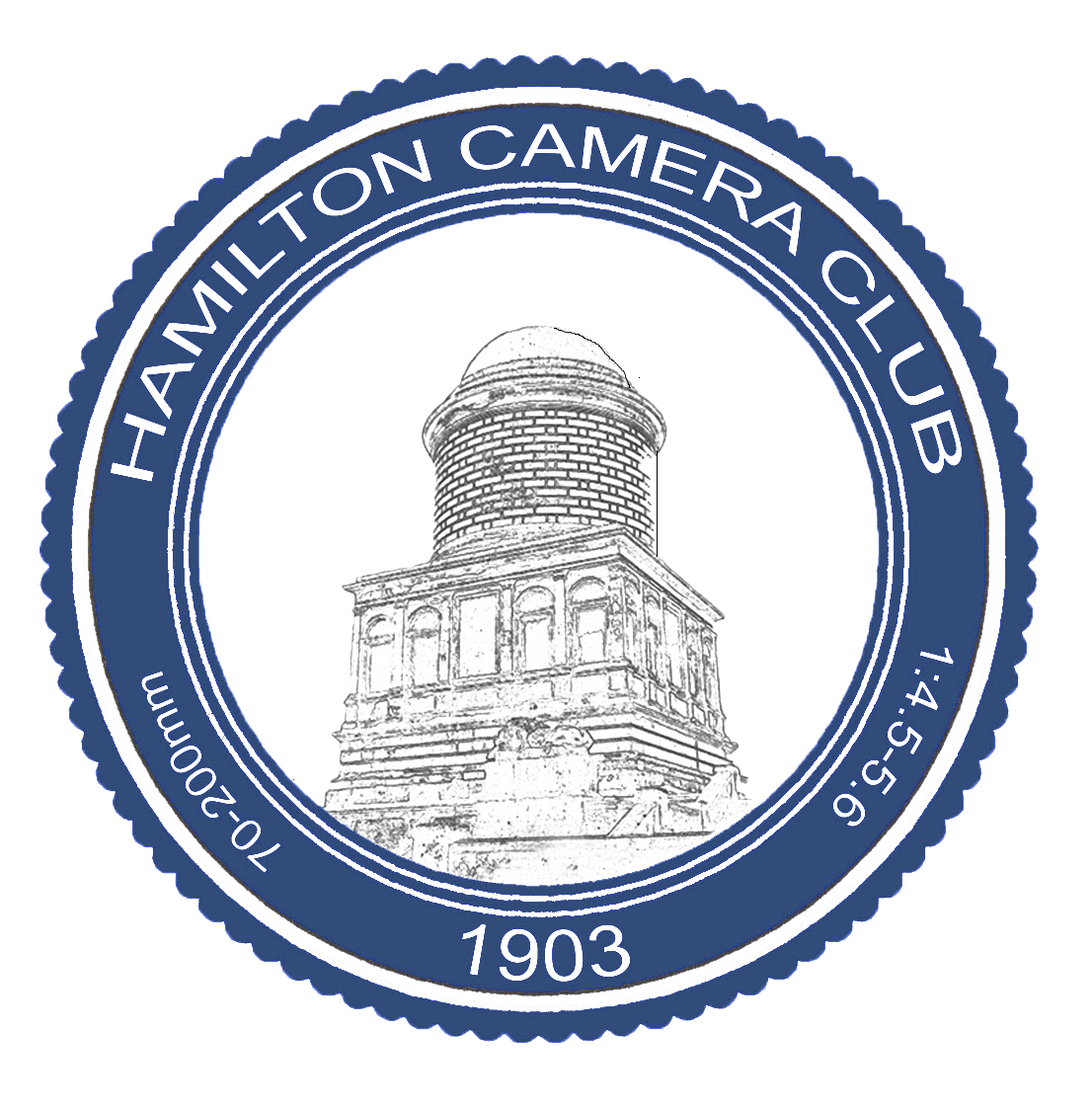My Kind of Street Photograpy / Close-Up and Focus Stacking
This was an evening in two parts, led by three of the club’s stalwarts, Gordon Stewart, Mike Farrance and Susannah Smith.
Gordon kicked off with a collection of his images he titled “My Kind of Street Photography”. He explained that the term “Street Photography” is a wide banner, including a lot of sub-genres, but can be defined as “photography that records everyday life in a public place”.
The images were taken at a wide variety of locations, both in the UK - Glasgow, Edinburgh, London - and abroad - New England, Andalusia, Bruges, Rome, Provence and others. They were created with a variety of different intentions -
Record of a place
Record of an event, e.g. Edinburgh Festival, Glasgow Mela
Everyday life, for example, markets and travel
People in their environment, e.g. working or playing sport
Projects
Gordon explained that he likes to work on projects and will have several on the go at any one time. A project consists of a collection of related images and, in the case of Gordon’s street photography, often has a transport theme: Glasgow Subway, Edinburgh Trams, or the Forth and Clyde Canal, for example.
People figure in many of the photographs and he usually prefers to keep a discreet distance and let them get on with whatever they are doing. To this end, he will use a standard or medium-telephoto lens for much of his street work.
Having said that, he finds that the vast majority of people are not bothered about the camera, and even recounted the story of how he was looking for a shot in Strathclyde Park when 400m Olympic hurdler Lee McConnell, ran into view with a pack of other athletes who were all out for a training run. Of course, Gordon reacted immediately to make as much as possible of this golden photographic opportunity, but as Lee flew past, she apologised for ruining his shot!
In terms of approach, Gordon recommended going out with an intention in mind, such as to photograph subjects within a particular theme, or to use a certain technique or lens. In this way, the photographer is more mentally prepared to spot opportunities and can have important settings dialled in before even leaving the house.
As usual, Gordon’s enthusiasm for photography as a craft to be pursued for its own sake spilled out into the audience and we were left wanting to go and try some of his ideas for ourselves.
After the interval, the group split. Some members self-identifying as beginners went with Mike to go over some of “the basics”. The remainder stayed with Susannah for discussion of more advanced techniques.
Susannah’s talk was mainly in the form of a powerpoint presentation covering techniques, equipment, some pitfalls, and examples of some of the work which can be produced.
First, Susannah explained the differences between close-up, macro and photomicroscopy. “True” macro is said to have a ratio of 1:1 or more, which means that the object will be projected at its actual size or more onto the camera sensor.
A variety of equipment can be used to take close-up and macro. Phones and bridge cameras often have a “macro” setting which optimises the focal length and aperture for close-up photos. Phones can also have clip-on lenses to help with these shots. SLR and mirrorless cameras can use wide angle (<35mm) and telephoto (>50mm) lenses to produce different effects: in the former giving more sense of the environment; in the latter a very narrow depth of field (see below). Close-up filters, extension tubes and lens-reversing rings can all be used to change the properties of interchangeable lenses so that they can focus much more closely, albeit with a significant loss of light.
A “narrow depth of field” is where only part of a scene can be in focus no matter how one sets the focus and aperture ring. This is the bane of close-up photography but can also affect other genres, e.g. a seascape with a shot of a small pebble in the foreground and a distant boat in the background. How can they both be kept in focus at the same time? This is where focus stacking comes in.
To get it to work, the photographer takes multiple shots of the same scene, preferably with the camera on a tripod or other stable surface. Ideally, 20 or more shots are taken, all with a slightly different focussing point. The focus can be controlled manually, or using the built-in function for this on some cameras, or even using a macro focussing rail which literally moves the camera a millimetre or two closer to the subject with each shot so that the focussing point moves correspondingly back.
Finally the images must be aligned and merged using software. Photoshop and Affinity both include functions for doing this, or there is more specialist software such as Helicon Focus and Zerene Stacker which are designed specifically for this job.
Susannah showed some examples demonstrating how well this can work but also some of the pitfalls. The camera or the subject moving slightly between shots can make for blurry edges. Not having enough shots can leave bands of the image out of focus. She also described the issue of “focus breathing” where the perceived size of an object differs depending on the extent to which it is in focus.
Finally, Susannah gave live demonstrations using Photoshop and Affinity, describing the pros and cons of each. All in all a fascinating talk, full of technical detail and inspirational ideas.
